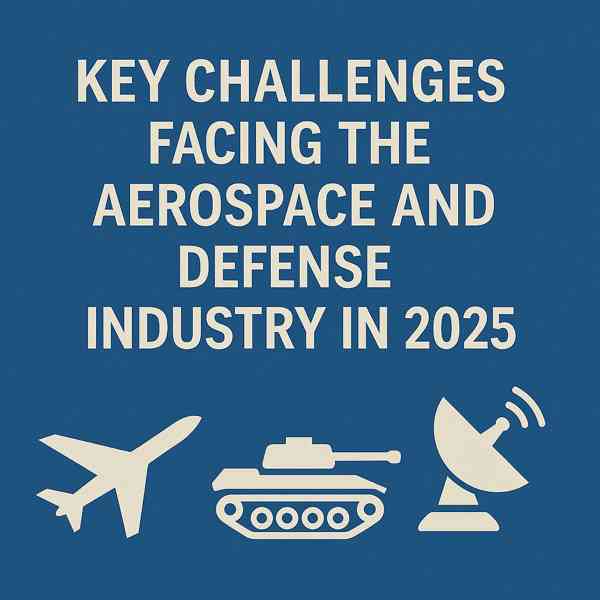Exploring Aerospace and Defense Technology: Key Innovations Driving Global Power
Exploring Aerospace and Defense Technology: Key Innovations Driving Global Power
Blog Article

From stealth aircraft and missile systems to satellites and AI-powered defense networks, aerospace and defense technology is driving modern warfare and exploration.
These systems are more than machines—they represent the edge of technological evolution.
Understanding the Sector
It includes the integration of aircraft, spacecraft, weapons, defense systems, and surveillance technologies.
Core components include:
- Advanced fighter jets and military aircraft
- Precision-guided weapons
- Spacecraft and orbital technologies
- Automated defense and response networks
Each advancement in this area expands security potential.
The Role of Technology in Modern Defense
In today’s world, technological power is as important as manpower.
Key ways technology strengthens defense:
- Rapid-response intelligence systems
- Unmanned systems (UAVs and drones)
- Ultra-fast offensive systems
- Electronic warfare and jamming
With each innovation, defense becomes more efficient.
Trends in Aerospace and Defense Technology
Breakthroughs in computing, materials science, and AI are driving new capabilities across platforms.
Emerging technologies include:
- Machine learning for battlefield decisions
- Changing how time and space are navigated
- Quantum communications
- Orbital tracking and interception
Staying ahead in defense means staying at the edge of tech-driven warfare.
Challenges in the Aerospace and Defense Tech Sector
Innovation must overcome legal, click here ethical, financial, and geopolitical hurdles to succeed.
Major challenges include:
- High research and development costs
- Short life cycles of advanced systems
- Balancing innovation with compliance
- Cyber and digital threats
Overcoming these challenges is the path to stable progress.
Where Aerospace and Defense Tech Is Heading
Despite the challenges, the future of aerospace and defense technology is filled with possibilities.
Promising areas include:
- Space defense and anti-satellite systems
- Sustainable defense aviation
- Linking air, land, sea, and cyber
- Boosting economies through spin-offs
The future will be shaped by those who adapt first.
Conclusion
Aerospace and defense technology is more than machinery—it’s a tool of leadership.
With new breakthroughs on the horizon, this industry will fuel new eras of exploration and protection.
Report this page